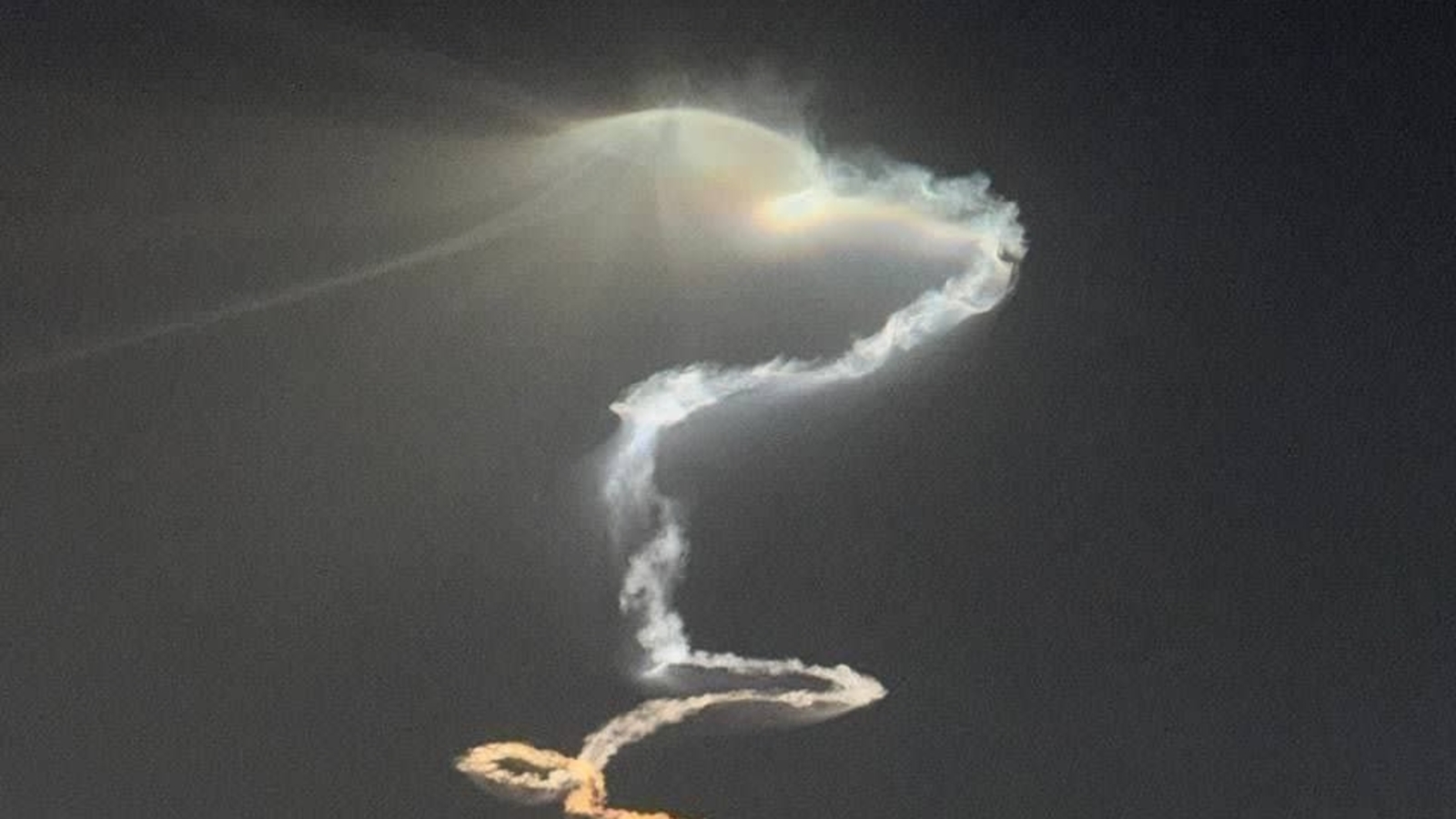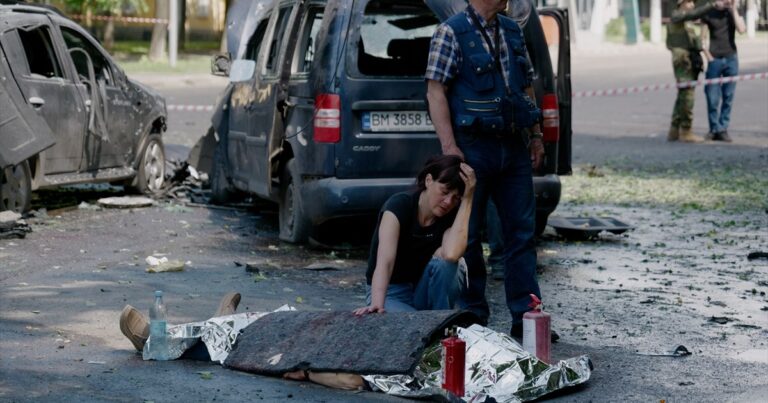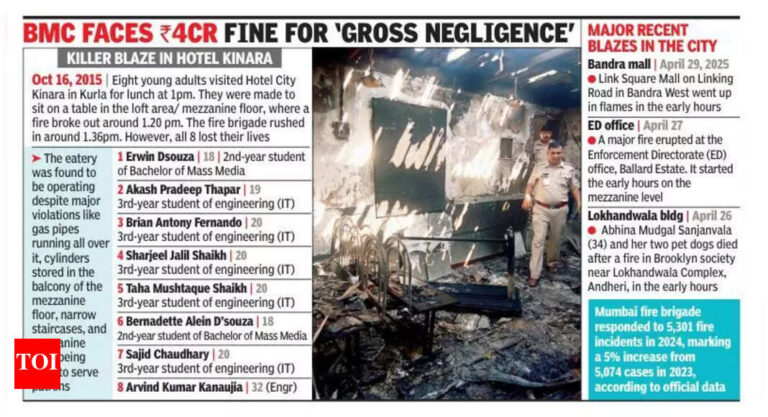Iran Launches Long-Range Sejjil Missile Towards Israel: Key Facts and Implications Unveiled
Jun 19, 2025 10:18 PM IST
Iran Launches Sejjil Missile: A Major Development in Regional Tensions
On Thursday, June 19, 2025, Iran’s Islamic Revolutionary Guard Corps (IRGC) made headlines by launching the Sejjil-2, an ultra-heavy, long-range ballistic missile, towards Israel. This act marks a significant escalation in ongoing tensions between Iran and Israel, which have been intensifying due to various geopolitical factors.
The Iranian embassy in India announced the missile launch as part of the twelfth wave of Operation “True Promise 3,” emphasizing the strategic importance of the Sejjil missiles in Iran’s military arsenal. These missiles are described as highly accurate and powerful, capable of penetrating critical enemy targets. Despite the provocative nature of the launch, reports indicate that Israeli Defense Forces (IDF) successfully intercepted the missile, with only minor damage reported from debris.
Sejjil-2: Key Specifications and Capabilities
The Sejjil-2 missile represents a significant advancement in Iran’s military technology. Here are some essential details about this formidable weapon:
- Type: Two-stage, solid fuel ballistic missile (MRBM)
- Range: Approximately 2,000 kilometers
- Payload Capacity: About 700 kilograms
- Dimensions: Length – 18 meters, Diameter – 1.25 meters, Weight – 23,600 kg
One of Sejjil-2’s notable advantages is its solid fuel design. Unlike older liquid-fueled systems such as Iran’s Shahab series, the solid propellant allows for quicker preparation and launch, making it a more efficient weapon in rapid-response situations. The first test flight of the Sejjil missile took place in 2008, and its development has continued, with ongoing tests refining its guidance and navigation systems.
Escalating Tensions between Iran and Israel
The conflict between these two nations has entered a critical phase, particularly following recent military actions. Israel’s airstrikes on Iranian nuclear sites and missile strikes on Israeli hospitals have intensified an already fraught relationship. While Iran claims it targeted a military site, Israel contends that the missile caused significant damage to civilian infrastructure—a narrative that contributes to the complex web of misinformation surrounding the conflict.
On the day of the missile launch, the unfolding events included Israeli governmental figures ramping up their rhetoric against Iran. Notably, Israel’s Defense Minister referred to Iran’s Supreme Leader as a “modern-day Hitler,” indicating the emotional and political stakes involved in this conflict.
The Broader Context of Military Developments
The Sejjil missile has been a focal point in discussions surrounding Iran’s military capabilities. Its continued development poses concerns not just for Israel but for Western powers and countries in the broader Middle East. The geopolitical implications are vast:
- Increasing military investments in missile technology raise questions about regional stability.
- The missile’s range enables Iran to target numerous critical sites, stretching efforts to maintain security across the region.
- The international community’s response is crucial, as diplomatic resolutions often occur against a backdrop of military threats.
This missile launch signals Iran’s commitment to asserting its military capabilities, a message that may resonate in both diplomatic corridors and on the battlefield.
What Lies Ahead?
The recent firing of the Sejjil-2 missile underscores the escalating tensions that characterize Iranian-Israeli relations, with each side increasingly prepared to leverage military power. Observers are keenly watching for responses from both nations and the potential for international involvement.
As military technology advances and regional dynamics shift, the world is left with the lingering question: what will it take to de-escalate the ongoing conflict and craft a sustainable peace?






